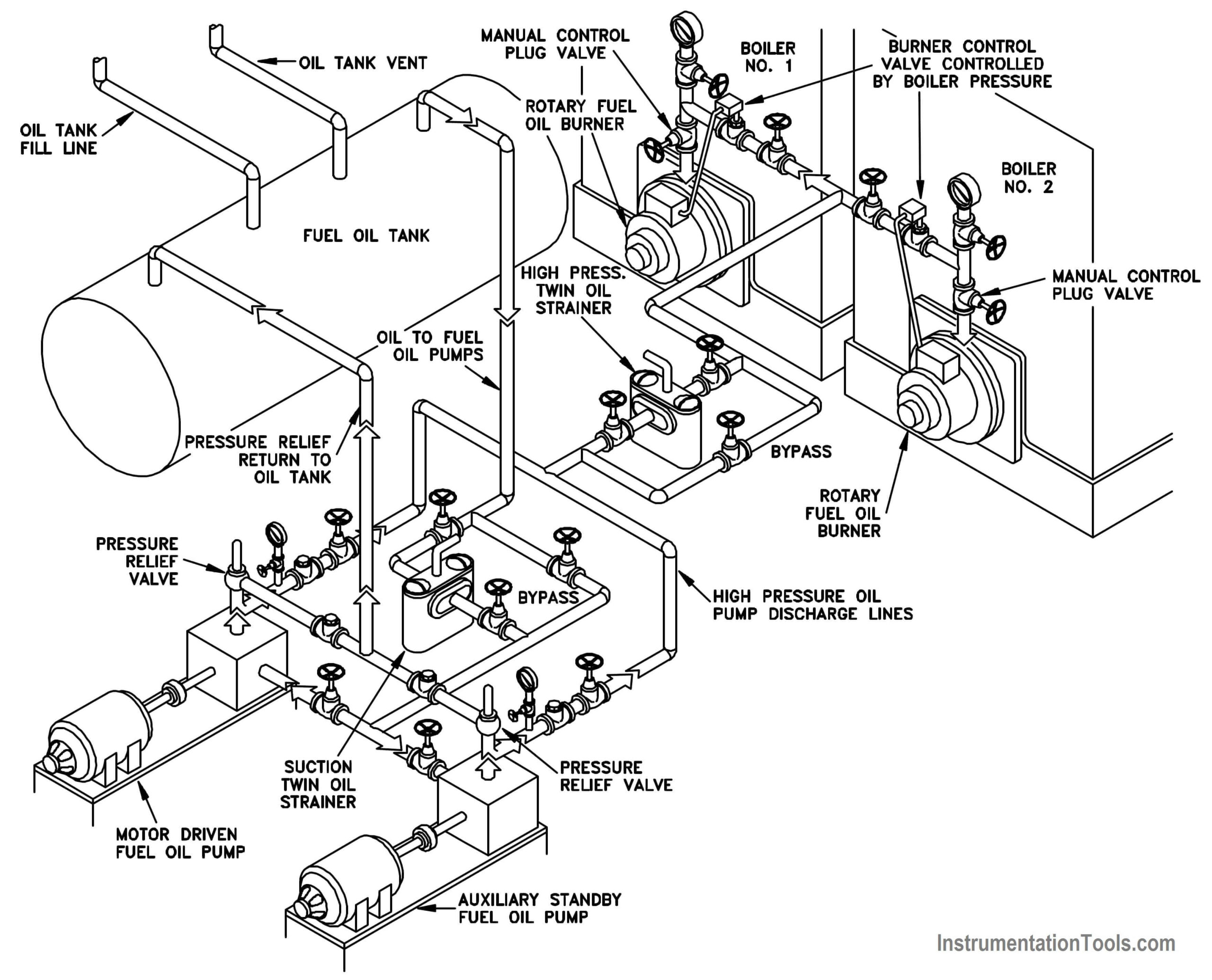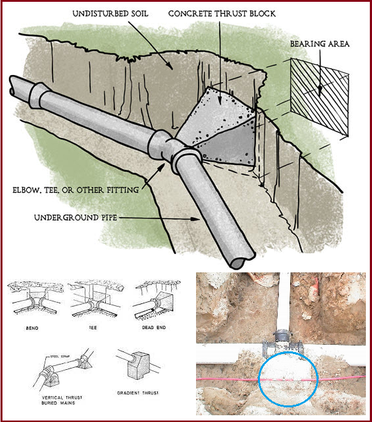What is Tensile Strength? Definition, Significance, Factors, Measuring and Working.
Tensile strength is a measure of the maximum amount of tension a material can withstand before breaking or failing. It is typically measured in units of pounds per square inch (psi) or newtons per square meter (N/m^2). Materials with high…
What is Pressure Drop? Piping Pressure Drop Equations and Calculation
Pressure drop refers to the decrease in pressure that occurs as fluid (such as water or air) flows through a pipe or other passage. This decrease in pressure can be caused by a variety of factors, including friction between the…
Venturi meter: Definition, Parts, Working, Equation, Applications, Installation
A Venturi meter is a device used to measure the flow rate of a fluid in a pipe. It is based on the principle of differential pressure and works by creating an constriction in the pipe, which creates a pressure…
Maximum Shear Stress Theory
Maximum shear stress theory, also known as Tresca’s criterion, is a failure theory for ductile materials that states that a material will fail when the maximum shear stress exceeds a certain value, known as the shear yield strength. This theory…
Scaffolding Definition: Types, Parts, Design, Materials, and Hazards of Scaffolding
Scaffolding is a teaching method that involves providing students with a structure or framework for learning new information or skills. This structure can include things like examples, templates, or step-by-step instructions, and it is designed to help students understand and…
Types of Piping Drawings
Piping drawings, also known as piping plans or schematics, are technical drawings that show the layout and design of a piping system. They are used to guide the installation, maintenance, and repair of the system. These drawings typically include the…
Rockwell Hardness Test and Scale
The Rockwell hardness test is a widely used method for measuring the hardness of materials. It involves pressing a diamond or hard metal cone or ball into the surface of the material being tested and measuring the depth of the…
What is a Throttling Valve? | Definition, Applications, Working, Examples, Selection
A throttling valve is a device that regulates the flow rate of a fluid or gas in a pipe or duct by constricting or expanding the diameter of the passage through which the fluid or gas flows. It is also…
Overview of Pipe Coupling, its Types, Materials, Applications and Functions
A pipe coupling is a device used to connect two sections of pipe or tubing together. It can be made of a variety of materials, such as metal, plastic, or rubber, and can come in various forms, such as threaded,…
Thrust Block Design | Working of a Thrust Block in Pipelines
A thrust block is a structural component that is used to transmit the thrust force of a rotating shaft to the surrounding structure. It is typically used in machinery and equipment that has a high-thrust load, such as pumps, compressors,…










